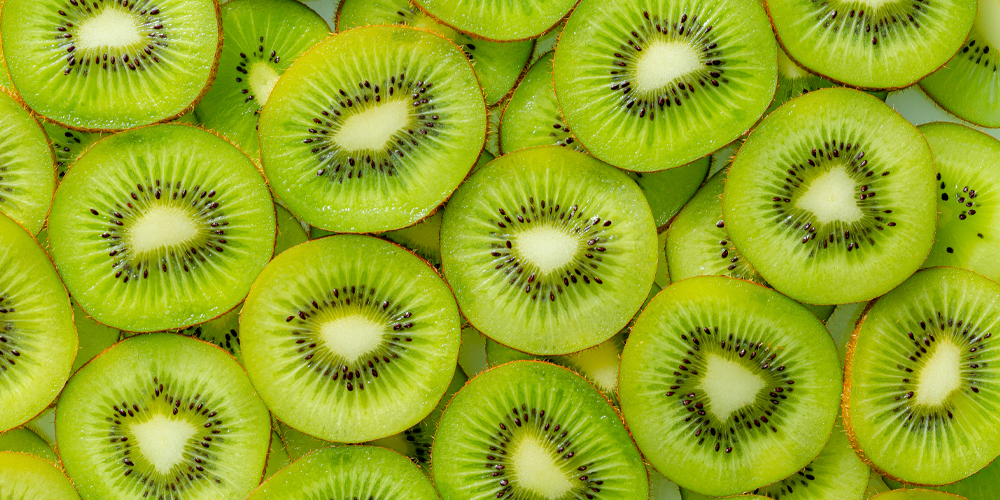The plant pathogen Pseudomonas syringae pv. actinidiae, or Psa, causes kiwifruit canker and contributes to larger issues of food shortage. Finding biocontrol agents that specifically target this pathogen would benefit agricultural production. Endolysin enzymes from bacteriophages have emerged as promising candidates. Endolysins cleave peptidoglycan, a layer of the cell wall in gram-positive bacteria. However, the gram-negative Psa has an outer membrane that shields the peptidoglycan inner layer. Suzanne Warring and Hazel Sisson at the University of Otago and a team of international scientists recently published their research in the Journal of Biological Chemistry on developing an endolysin fusion protein active against Psa.
The authors used VersaTile molecular shuffling, a technique that created a library of phage proteins attached to endolysin. They performed a high-throughput screen for peptidoglycan-degrading activity and identified a lead compound that inhibited Psa growth. This hit compound, called ELP-E10, contains a lipase fused to endolysin, and the authors determined that the antibacterial activity relies on functional active sites for each fusion partner.
Notably, ELP-E10 shows specific activity for Psa, especially when combined with citric acid as a chemical permeabilizer. The researchers tested ELP-E10 activity against pathogens Pseudomonas aeruginosa and Staphylococcus aureus, as well as the commensal soil bacteria Pseudomonas fluorescens, and found that ELP-E10 shows specificity for Psa.
More experiments will help determine the exact outer membrane substrate that the lipase of ELP-E10 targets to allow the endolysin to reach the Psa peptidoglycan. These results suggest that endolysin fusion proteins could form promising antimicrobial candidates for agricultural use.
